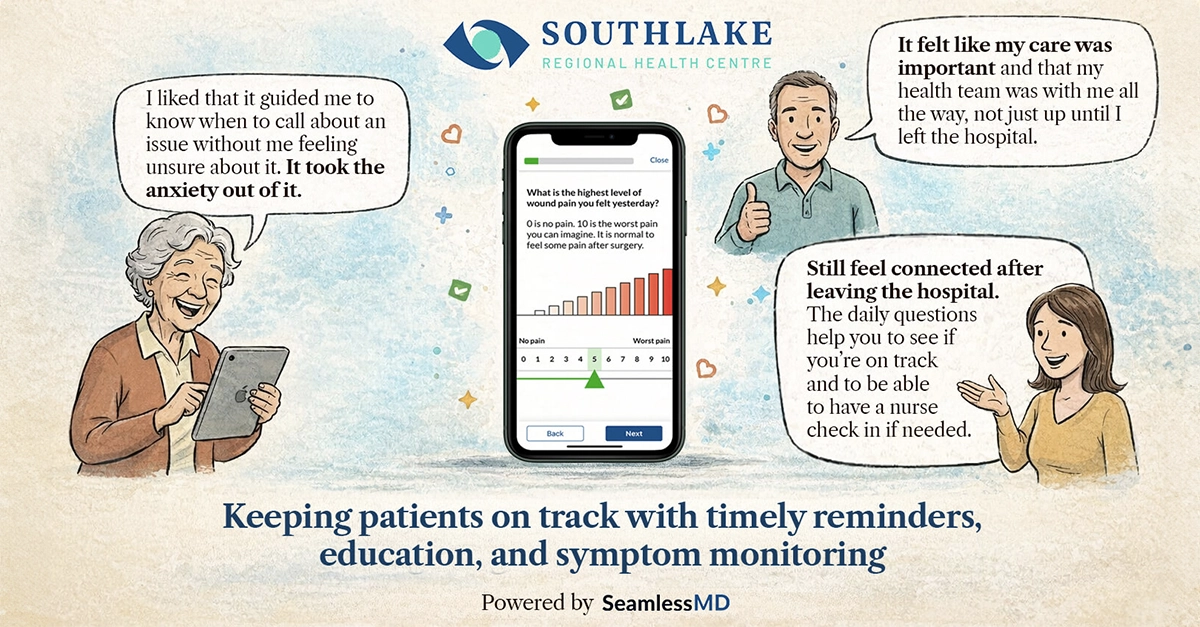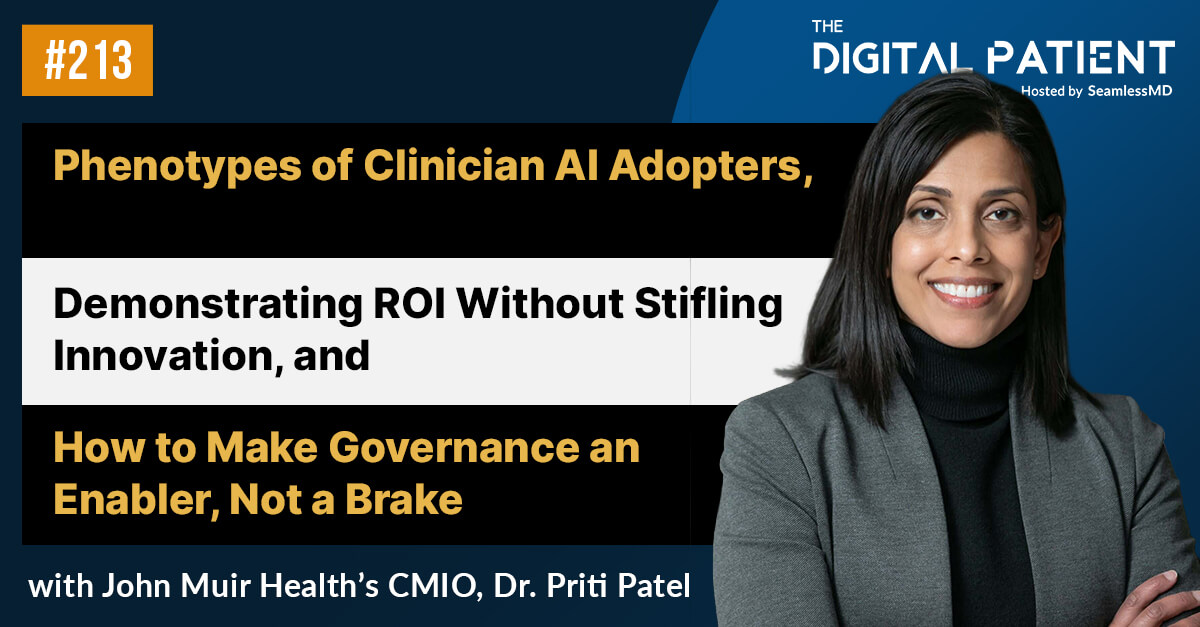A few years ago, I had immersed myself in understanding the systemic problems we were facing in healthcare. As I was doing research on hospital readmissions and poor transitions of care, I was fascinated by the complexity of our system but concerned about the future. With rising population needs and limited resources, I began to believe that patient engagement would play a very important role in a value-based care delivery model.The concept of patient engagement is a powerful one: empowering patients with the drive, knowledge and tools to manage their own health should lead to improved patient satisfaction, better outcomes and lower costs.The emergence of mobile applications (“apps”) is what first got me excited about the potential that technology could have on driving patient engagement. Smartphones and tablets, and the ability to stay connected via the Internet, created an unprecedented opportunity to make scalable patient engagement a reality.My excitement about mobile technology and healthcare caused me to make the leap from physician to tech entrepreneur. So when we started our venture, we placed a very strong focus on building a mobile app-based platform for patient engagement.Certainly, the impact on patient care has been phenomenal, and it’s been incredible to see patients actively using our mobile platform to receive electronic reminders, access interactive education and self-monitor for post-discharge complications. And I remain convinced that mobile platforms will continue to play an important role in healthcare.However, as there is often no ‘one size fits all’ intervention for many diseases, I have come to learn there is similarly no one size fits all modality for patient engagement.Don’t get me wrong – patients want to be engaged with technology. But, patients want to be engaged with the technology platforms they are familiar with.So while I love the enthusiasm of providers itching to give every patient an app, I also caution them to not let their excitement for apps cloud the importance of accessibility.If you serve a young adult population, perhaps you can safely build a patient engagement strategy centered completely on an app. Then again, this could change if you care for a less affluent population.Or consider that as you start caring for middle-aged to senior patients, you should expect a greater variety of preferences. Of course, some patients (including seniors) will still want an app. But others will prefer to be engaged via web-based applications, text messages or automated phone calls.As we came to this stark realization that accessibility drives engagement, we made patient accessibility one of our core design principles. Today, our venture takes delight in helping providers engage patients using a variety of modalities, no matter their access to technology.Our providers receive as much positive feedback from 70 year-olds who can only receive text-message reminders as 30 year-olds who can access more comprehensive, interactive experiences on their smartphones. I truly believe this is the impact all organizations should aspire to when using technology for patient engagement.At the end of the day, we all want to build models of care that are cost-effective, scalable and positively impact health outcomes. Technology can certainly help, but only if you focus your patient engagement strategy on patient accessibility. Get that right, and the health outcomes will follow.Joshua Liu is a physician turned entrepreneur and co-founder of SeamlessMD, which provides an enterprise healthcare platform for hospitals, surgery centres and clinics to deliver patient engagement, remote monitoring and analytics across surgical episodes of care. He was named a Forbes 30 Under 30 in Healthcare in 2014.
.svg)









.png)
